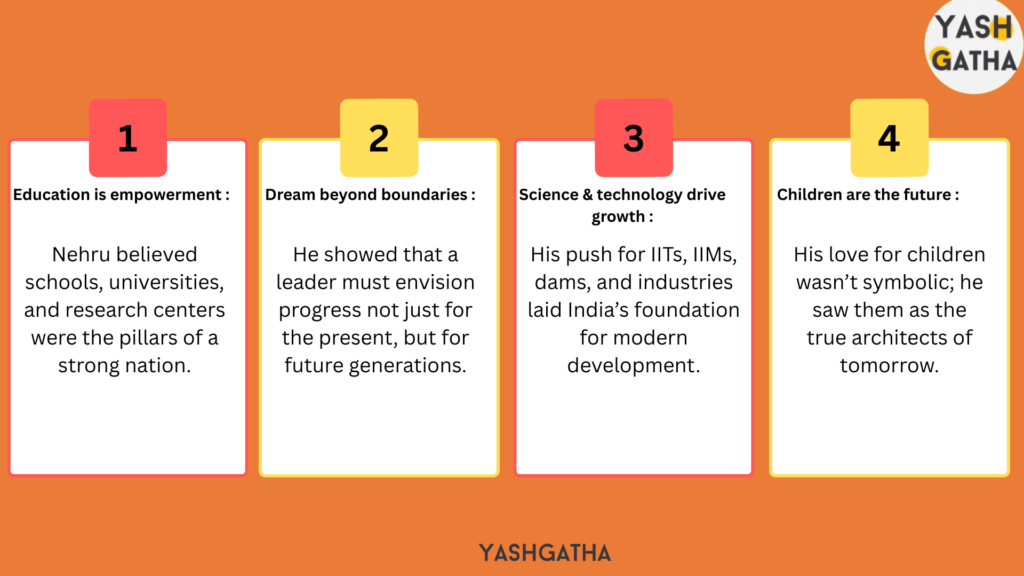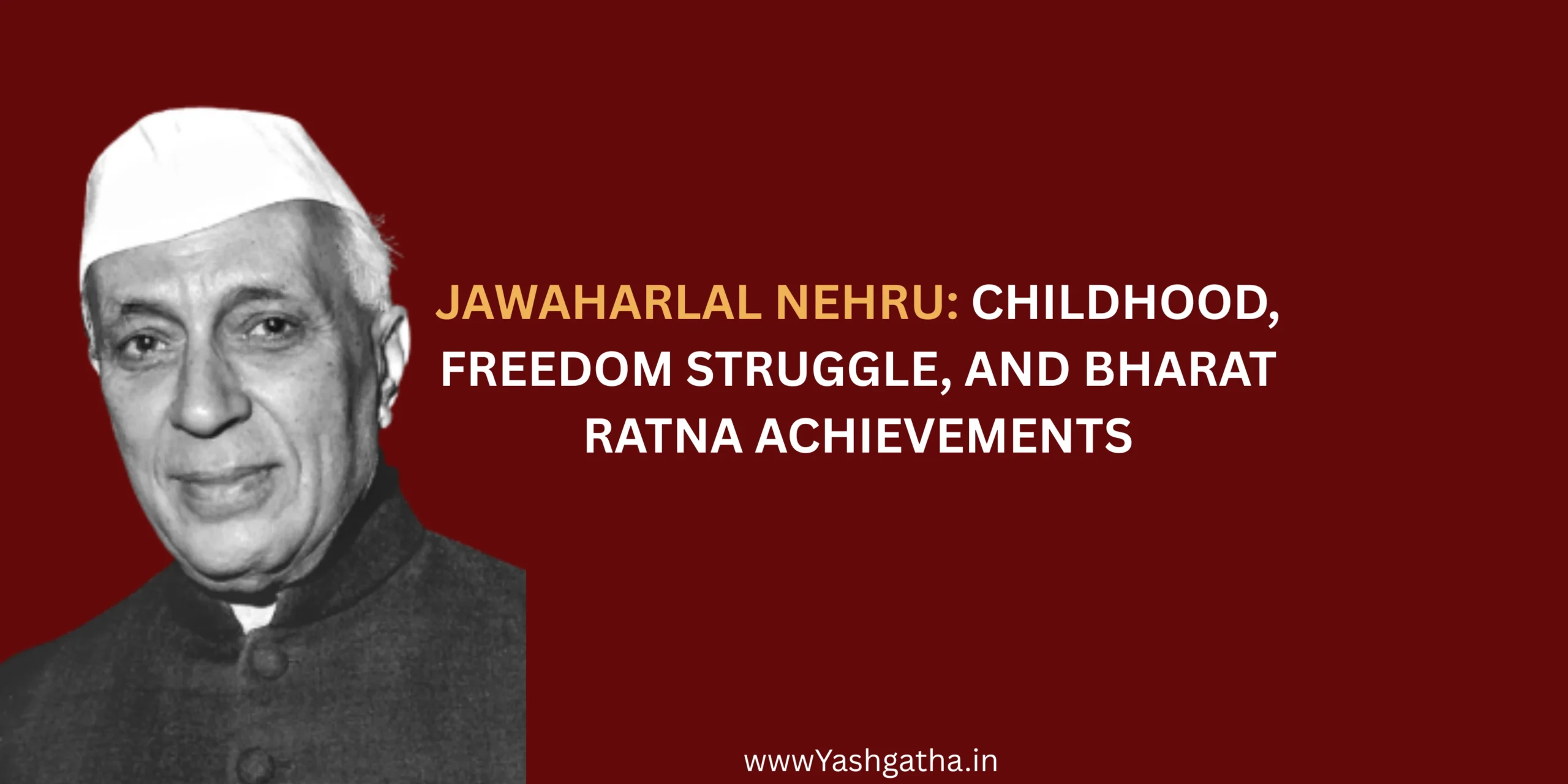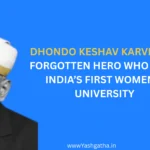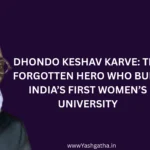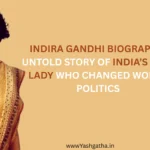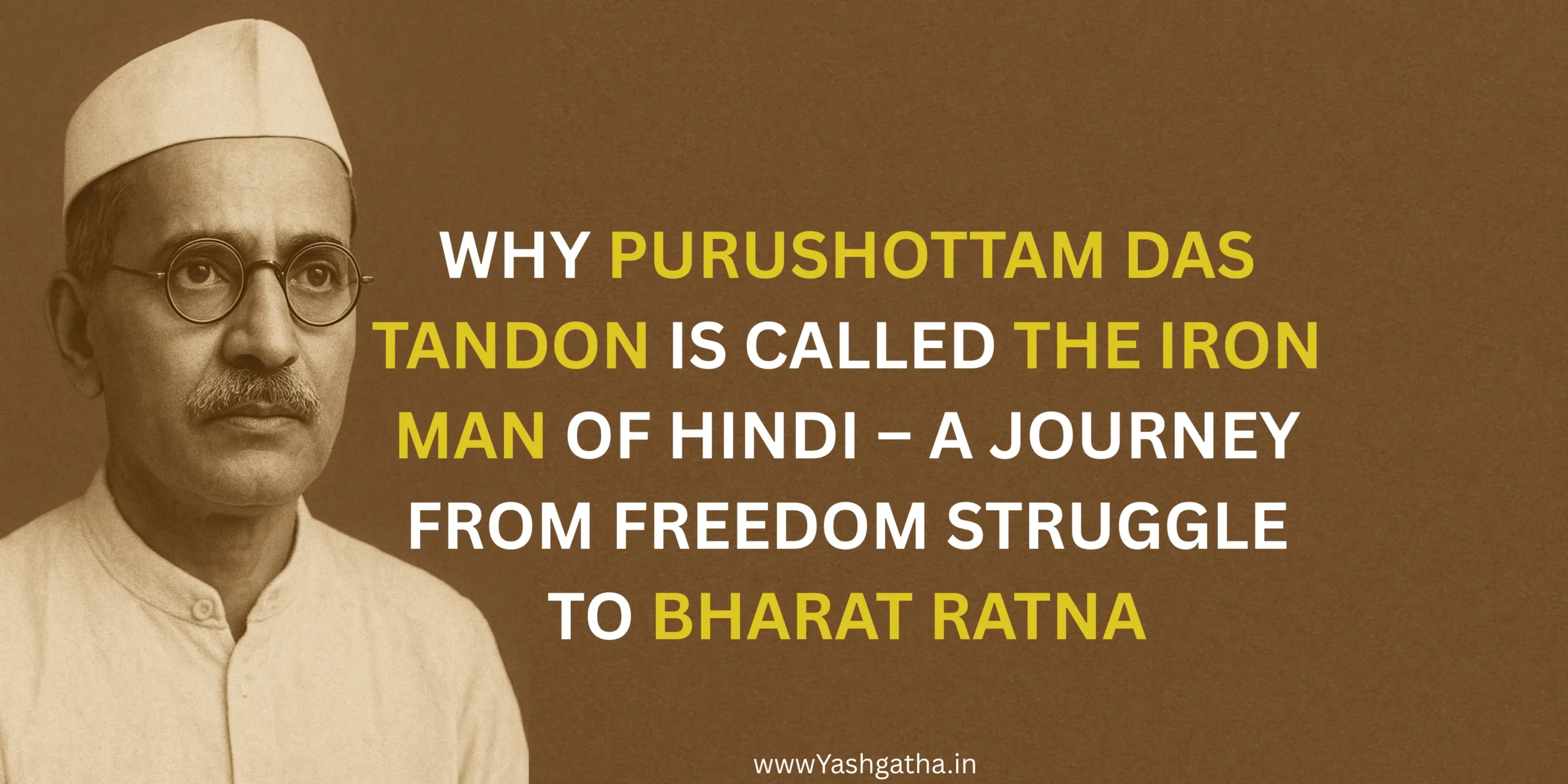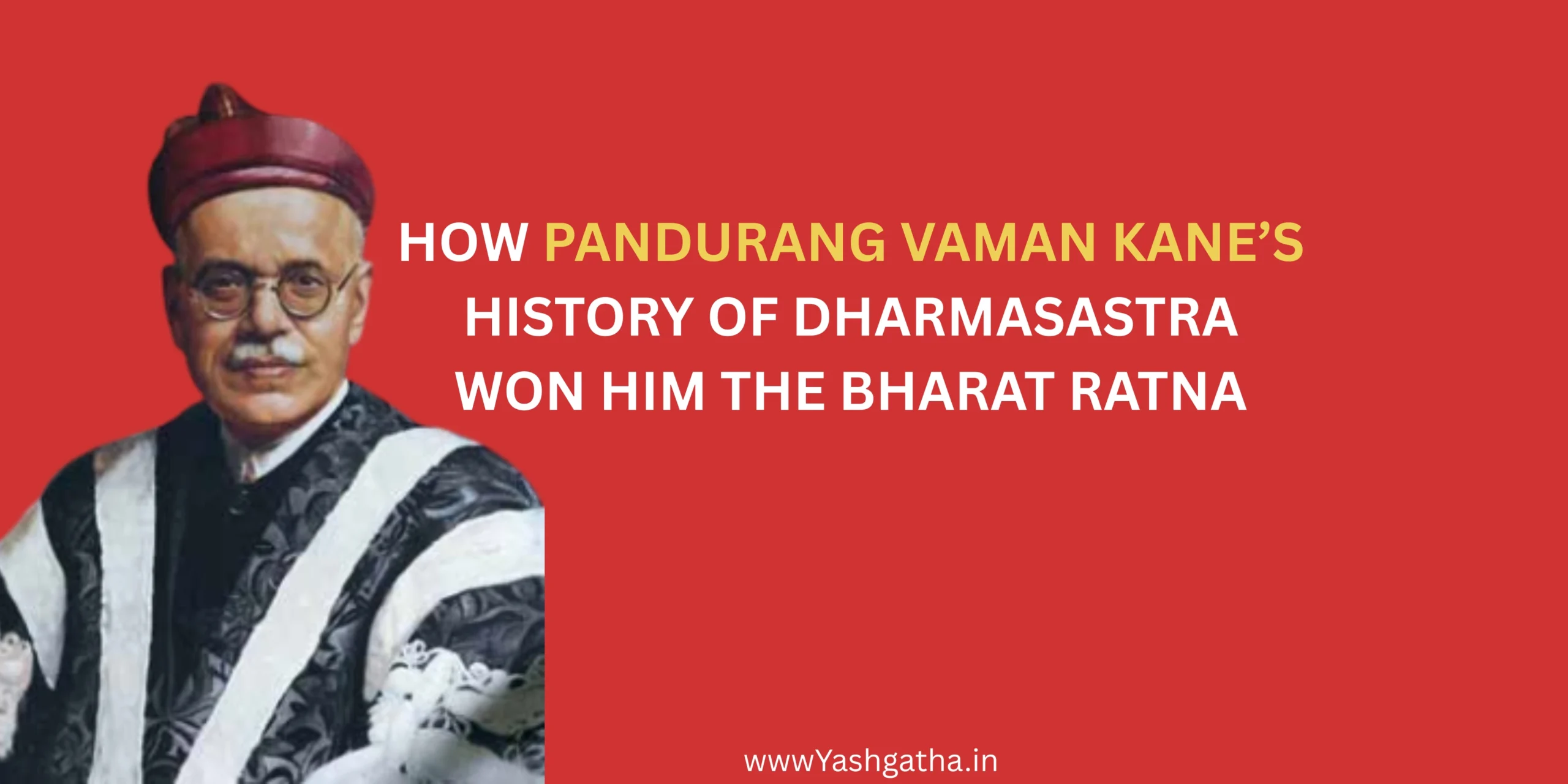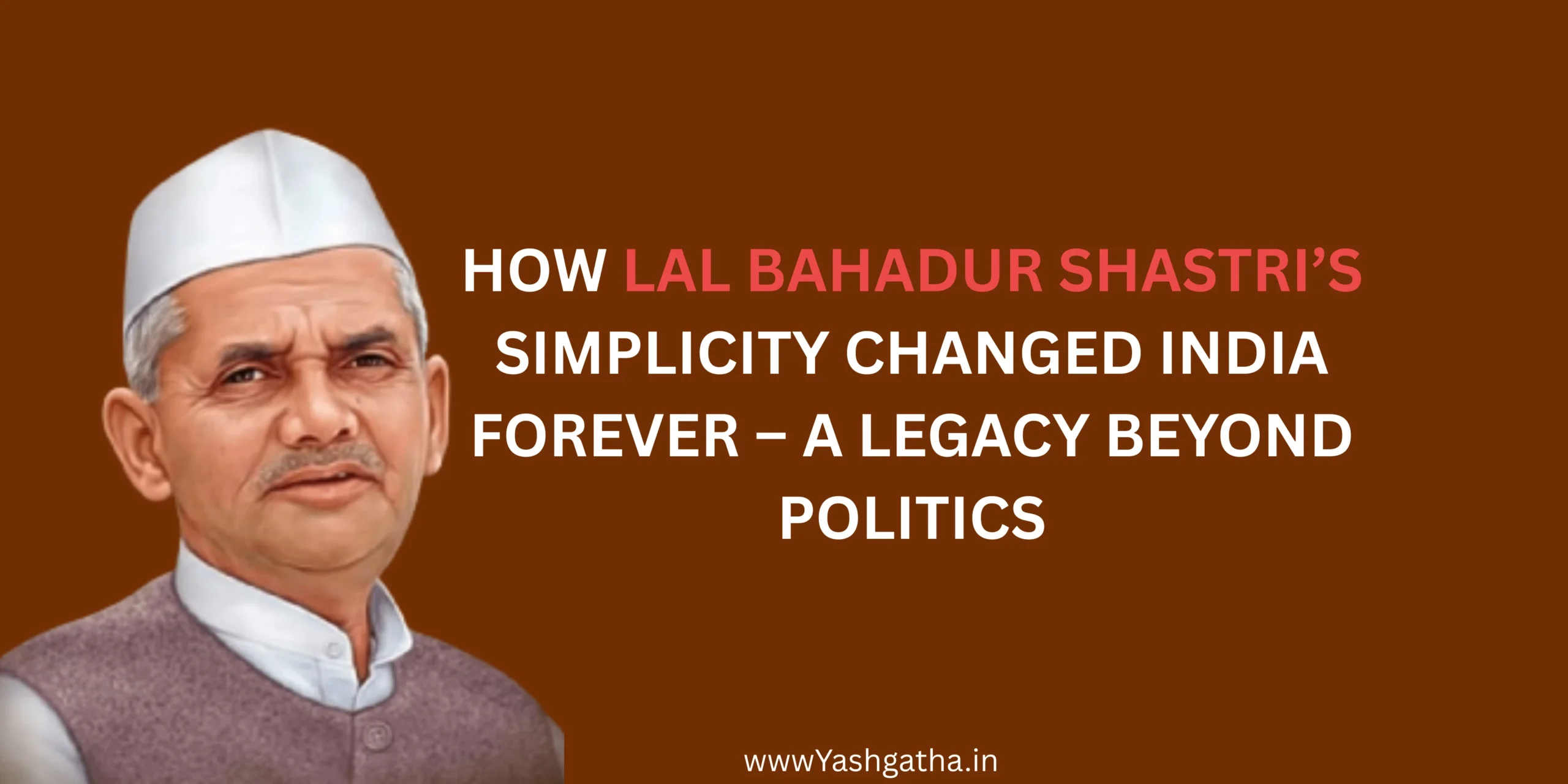Jawaharlal Nehru, fondly known as “Chacha Nehru,” was the first Prime Minister of independent India and a central figure in Indian politics before and after independence. A visionary leader and passionate freedom fighter, he dedicated his life to the service of the nation, advocating for democracy, secularism, and social justice. Nehru was also a great scholar, writer, and thinker who inspired generations with his ideas on education, science, and technology.
His policies laid the foundation for a modern India, emphasizing industrial growth, scientific progress, and international diplomacy. Beyond politics, he is remembered for his love for children and his enduring belief in a progressive, united, and prosperous India.
Jawaharlal Nehru, fondly known as Chacha Nehru, was India’s first Prime Minister and a visionary leader who played a key role in shaping modern India. From his privileged childhood in Allahabad to his education in England, Nehru faced challenges that inspired his lifelong dedication to India’s freedom and development. A passionate advocate of democracy, education, and social progress, he led the nation through its formative years, leaving a legacy of leadership, vision, and hope for future generations.
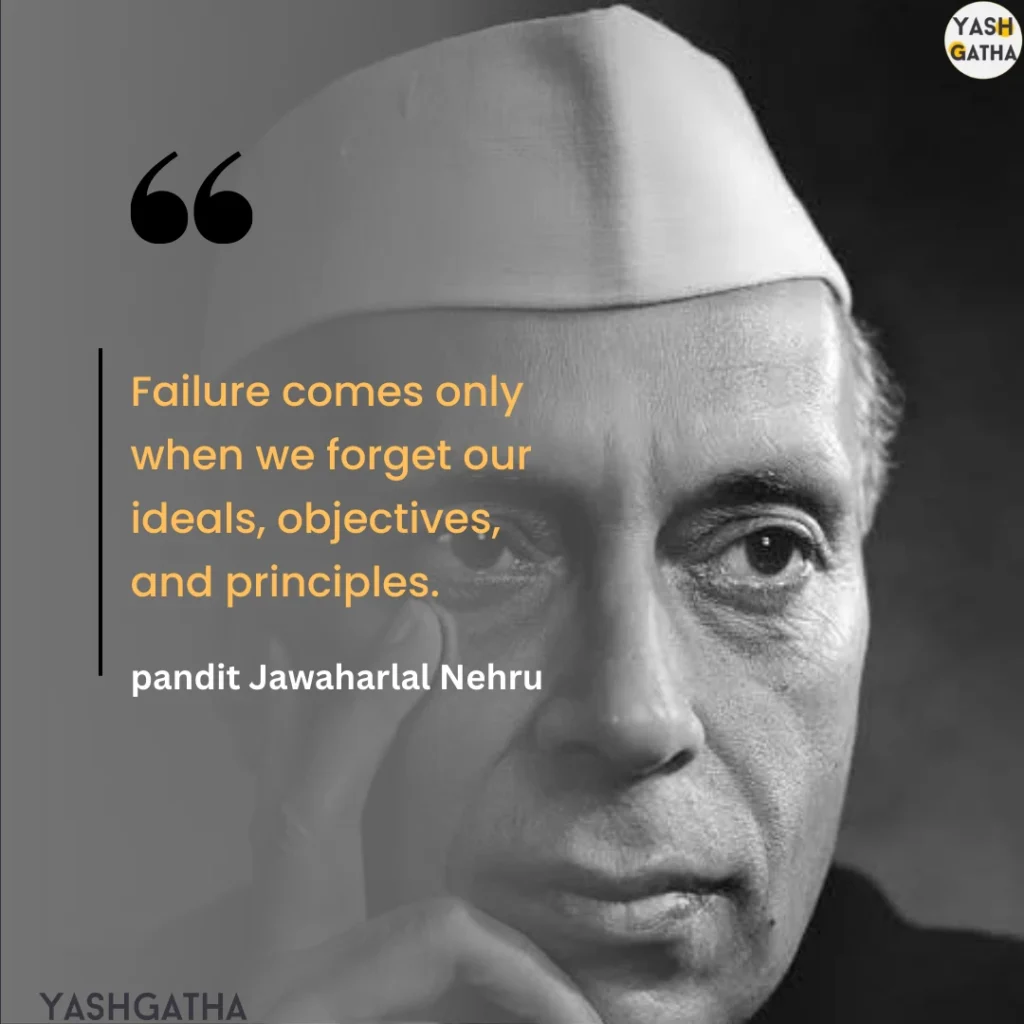
Early Life & Challenges :
Jawaharlal Nehru was born on November 14, 1889, in Allahabad, India, into a wealthy and influential Kashmiri Brahmin family. His father, Motilal Nehru, was a prominent lawyer and nationalist leader, which exposed young Nehru to politics and public life from an early age. Despite his privileged upbringing, Nehru faced personal challenges,the strict discipline of his household and the pressure to uphold his family’s legacy. His mother, Swarup Rani Nehru, was known for her gentle and nurturing nature, bringing warmth and balance to the otherwise strict household. Her quiet strength and deep affection left a lasting impression on young Nehru, shaping his sensitivity and emotional depth.
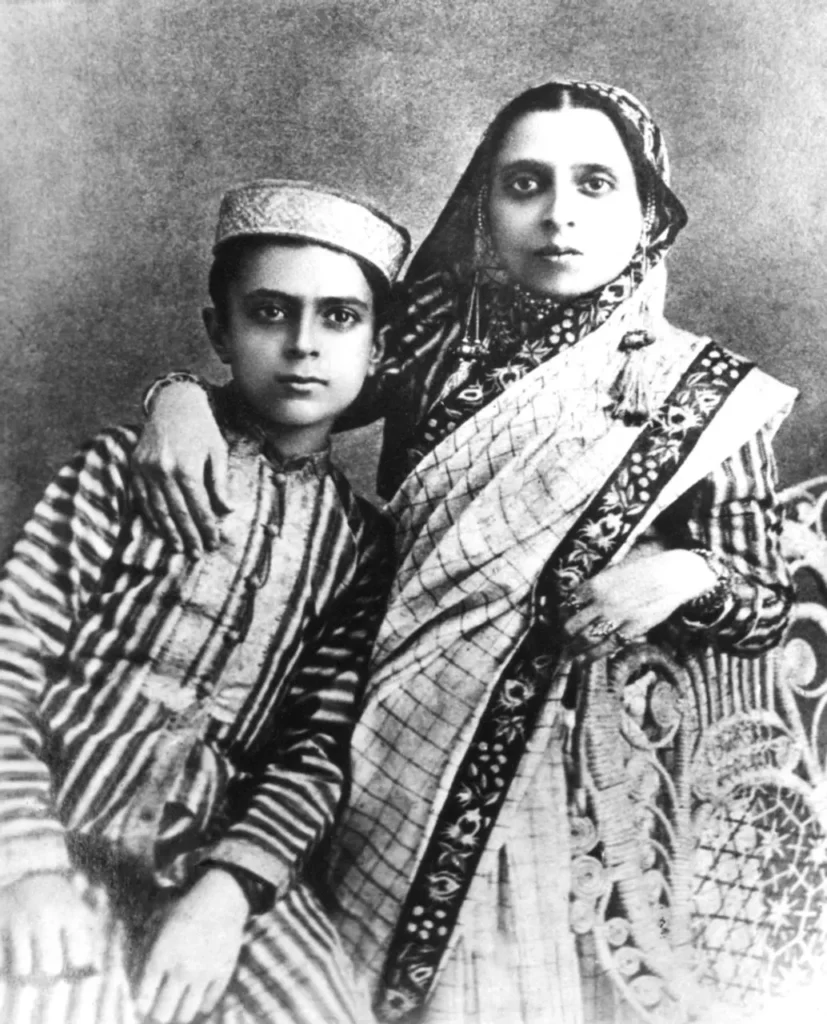
credit:wikiepdia
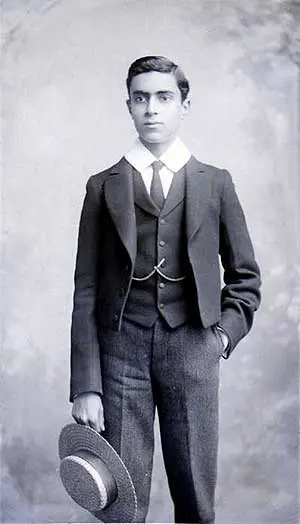
credit:wikipedia
He received his early education in India but went to Harvard University in the United States and later to Trinity College, Cambridge in England, where he studied natural sciences and law. Adapting to foreign cultures and the demands of elite education was not easy, but these experiences broadened his worldview and deepened his understanding of democracy, liberty, and governance. Upon returning to India, Nehru joined the Indian National Congress, determined to fight for India’s independence, despite facing imprisonment, political opposition, and the immense challenges of leading a nation under colonial rule.
Nehru married Kamala Kaul Nehru in 1916. Kamala came from a traditional Kashmiri family and, despite her frail health, played an important role in supporting Nehru’s political journey. She stood by him during the freedom struggle, often enduring loneliness and hardship while he was imprisoned. Their bond was deeply affectionate, and her untimely death in 1936 left Nehru profoundly shaken.
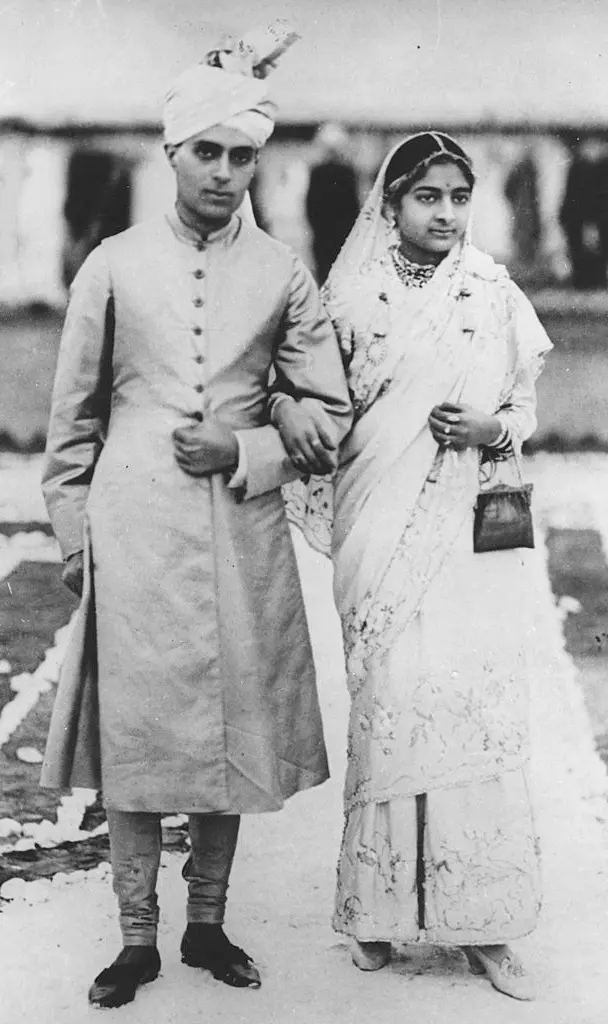
credit:wikipedia
The Turning Point :
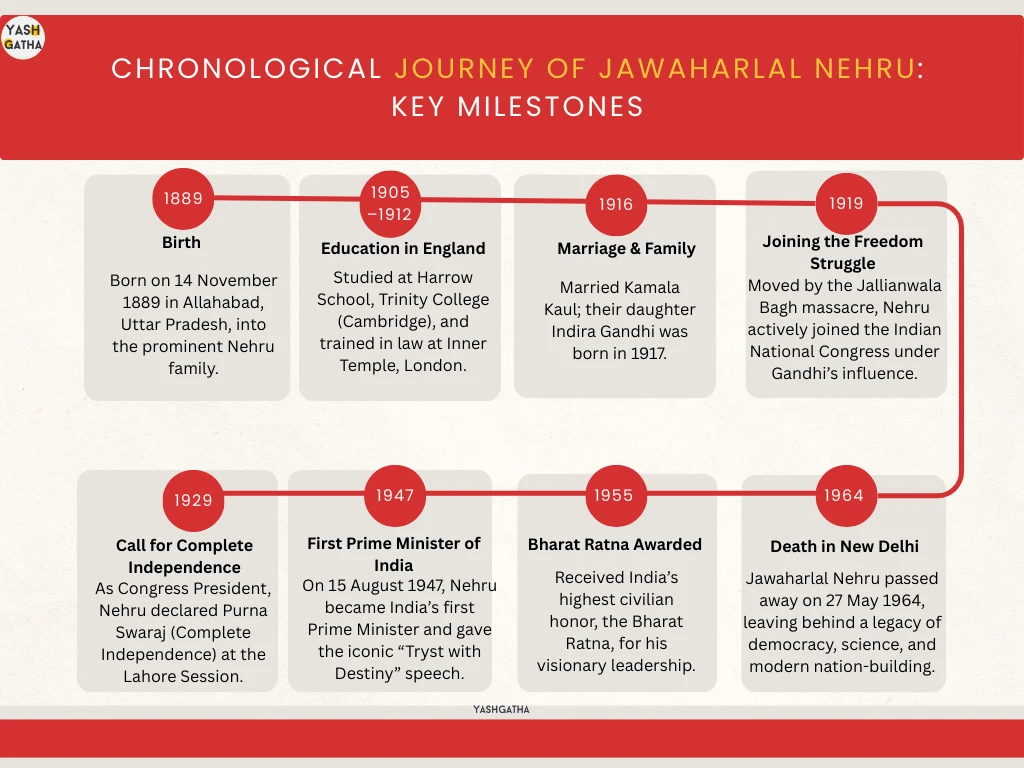
The Recognition & Award :
Bharat Ratna for Jawaharlal Nehru In 1955, Jawaharlal Nehru was honored with the Bharat Ratna, India’s highest civilian award. This recognition wasn’t just for being the nation’s first Prime Minister—it celebrated his visionary leadership, dedication to democracy, and relentless efforts to modernize India.
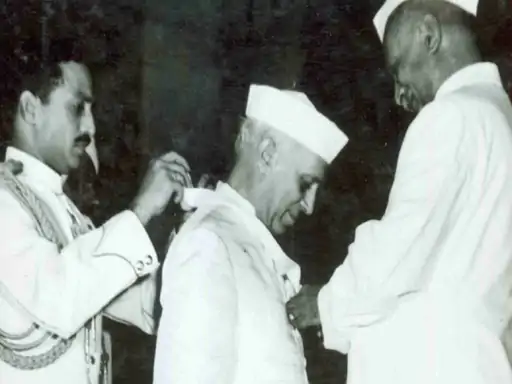
credit:Dainik Bhaskar
Why Nehru Received the Bharat Ratna:
- For laying the foundation of industrial and scientific growth with the Five-Year Plans.
- For establishing premier institutions like IITs, IIMs, and AIIMS to build India’s future.
- For leading India onto the global stage through the Non-Aligned Movement.
- For his deep love for children, earning him the affectionate title of “Chacha Nehru“.
What Changed After the Awards :
Receiving the Bharat Ratna in 1955 marked a turning point in how Nehru’s role was seen—not just as India’s Prime Minister, but as a global statesman and a builder of modern India. After the award, his vision and initiatives gained even more momentum:
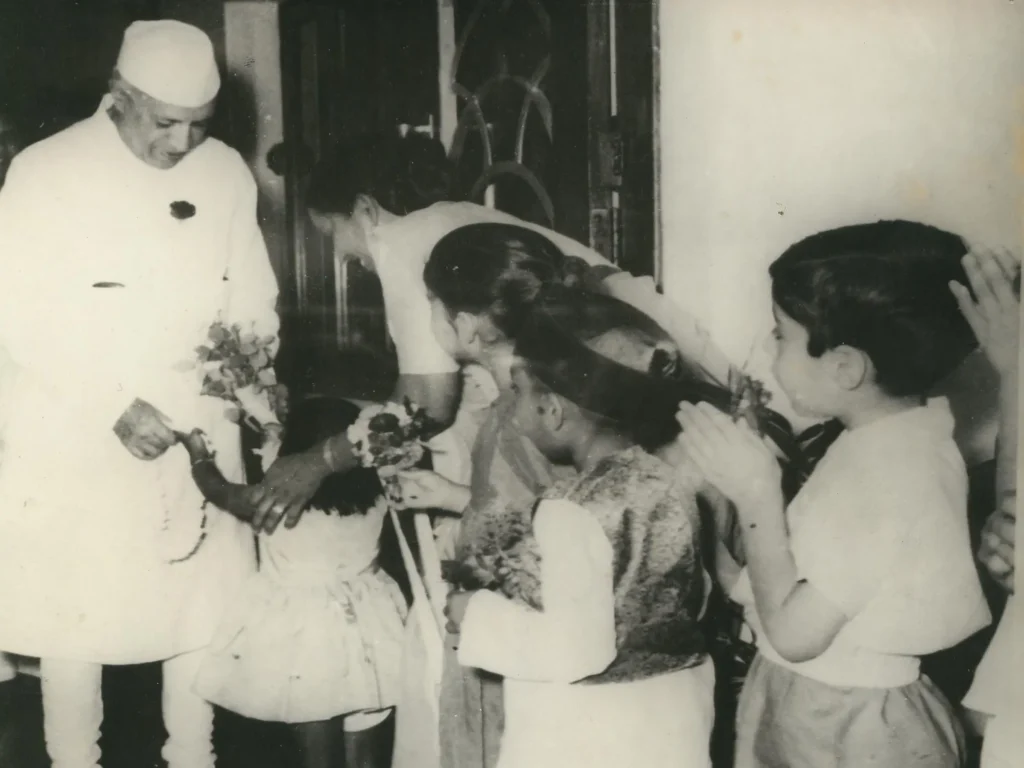
credit:wikipedia
- Global Leadership: Strengthened India’s voice in the Non-Aligned Movement, balancing between the US and USSR during the Cold War.
- Education Revolution: Expanded institutions like IITs, IIMs, AIIMS, and national laboratories to create a knowledge-driven India.
- Industrial Growth: Accelerated the Five-Year Plans, building dams, factories, and power projects—calling them the “temples of modern India.”
- Peace & Diplomacy: Advocated for world peace, though his leadership was tested during the 1962 India-China War.
- Chacha Nehru Legacy: His birthday, 14 November, began to be celebrated as Children’s Day, immortalizing his bond with children.
The Bharat Ratna not only recognized Nehru’s past contributions but also solidified his legacy as the man who gave India a blueprint for progress.
Yashgatha Takeaways :
